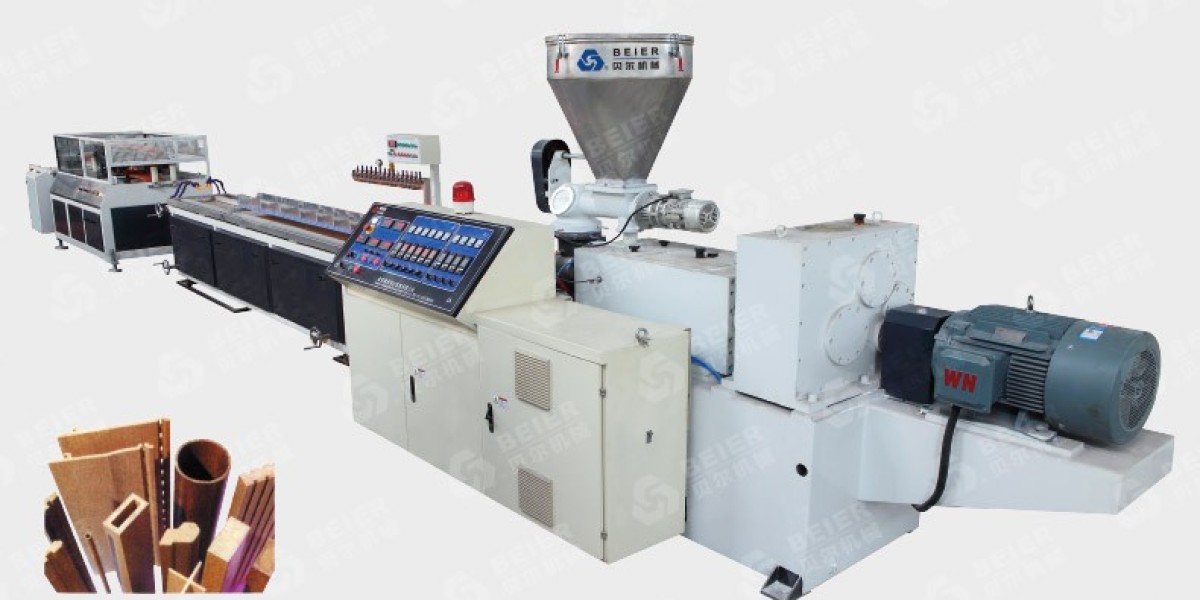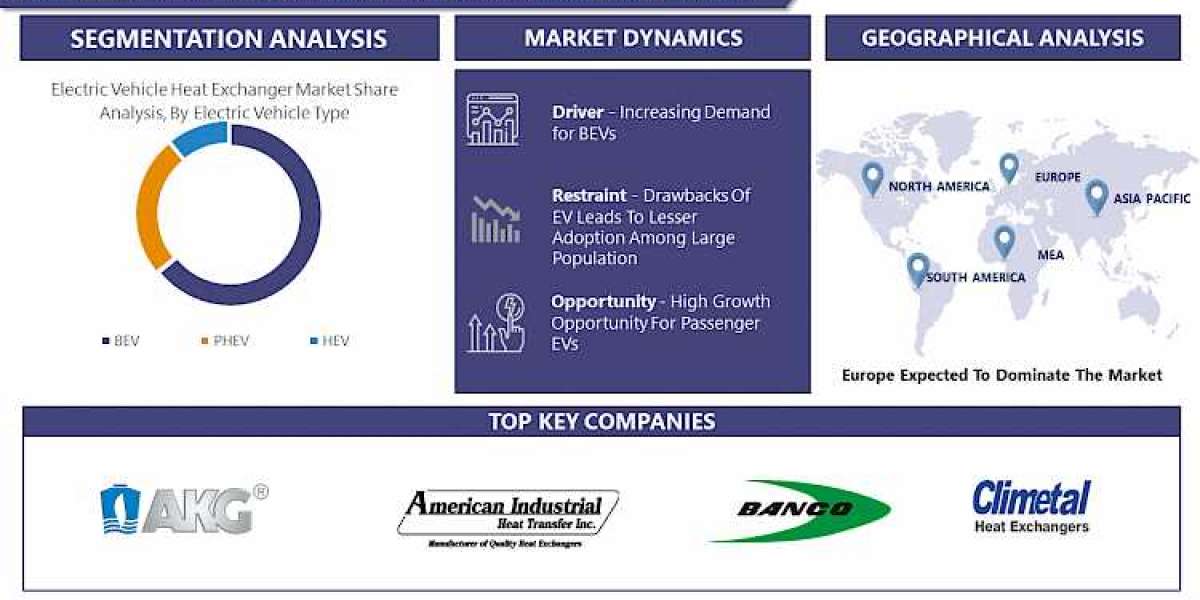One of the most common methods of shaping PVC is through extrusion, a process that yields various PVC shapes with distinct characteristics. This article explores the properties, applications, and manufacturing of extruded pvc shapes.
1. Understanding Extruded PVC
Extrusion is a manufacturing process where raw PVC material is melted and then forced through a die to create a continuous profile of a specific shape. This profile is then cooled and cut into desired lengths. The extrusion process imparts specific properties to the PVC material, making it suitable for various applications.
2. Properties of Extruded PVC Shapes
Durability: Extruded PVC shapes are highly durable and resistant to moisture, chemicals, and weathering. This makes them ideal for both indoor and outdoor applications.
Cost-Effectiveness: PVC is a cost-effective material compared to many other alternatives, making extruded PVC shapes popular in numerous industries.
Lightweight: PVC is lightweight, which simplifies handling and transportation, reducing overall costs.
Fire Resistance: PVC is inherently flame-resistant and can be formulated to meet various fire codes.
Electrical Insulation: Extruded PVC shapes exhibit excellent electrical insulation properties, making them suitable for electrical enclosures and cable management systems.
Versatility: The extrusion process allows for a wide range of shapes and sizes, accommodating diverse applications.
3. Applications of Extruded PVC Shapes
Extruded PVC shapes find applications across several industries:
Construction: PVC profiles are commonly used in windows, doors, and roofing applications due to their weather resistance, low maintenance, and thermal insulating properties.
Automotive: PVC is used for window seals, gaskets, and other interior/exterior trims due to its ability to withstand extreme temperatures and exposure to chemicals.
Electronics: PVC shapes serve as cable management solutions, electrical conduits, and insulation for wires and cables.
Furniture: PVC profiles are utilized in furniture edging, trim, and structural components, thanks to their cost-effectiveness and design flexibility.
Packaging: PVC profiles are used in packaging applications, providing protection and support for various products.
Medical: PVC's biocompatibility and ease of sterilization make it suitable for medical tubing, catheters, and other disposable medical devices.
4. Manufacturing Process of Extruded PVC Shapes
The manufacturing of extruded PVC shapes involves the following steps:
Step 1: Material Preparation
- PVC resin and other additives, such as plasticizers, stabilizers, and pigments, are blended to achieve the desired properties.
Step 2: Extrusion
- The PVC compound is fed into an extruder, which consists of a barrel and a screw. The heat from the barrel melts the PVC, and the rotating screw forces the molten material towards the die.
Step 3: Die Design
- The die is a critical component that imparts the desired shape to the extruded PVC material. Die design is customized according to the application requirements.
Step 4: Cooling
- The extruded PVC profile is cooled using air or water to solidify the shape.
Step 5: Cutting and Sizing
- The cooled PVC profile is cut into specific lengths as per the application needs.
Step 6: Finishing
- Some extruded PVC shapes may undergo additional finishing processes like embossing, printing, or laminating to enhance appearance and functionality.
5. Environmental Considerations
While PVC is a valuable material for many applications, its environmental impact has been a subject of debate. Recycling initiatives and advances in sustainable manufacturing practices are being adopted to mitigate these concerns. Additionally, alternative bio-based and recycled PVC formulations are emerging, reducing the reliance on fossil fuels.
Conclusion
Extruded PVC shapes are versatile, durable, and cost-effective materials used across various industries. Their exceptional properties make them suitable for a wide range of applications, from construction and automotive to electronics and medical. As the world moves towards sustainability, continued research and development in PVC recycling and sustainable production practices will contribute to minimizing environmental impact and ensuring a brighter future for PVC-based materials.








